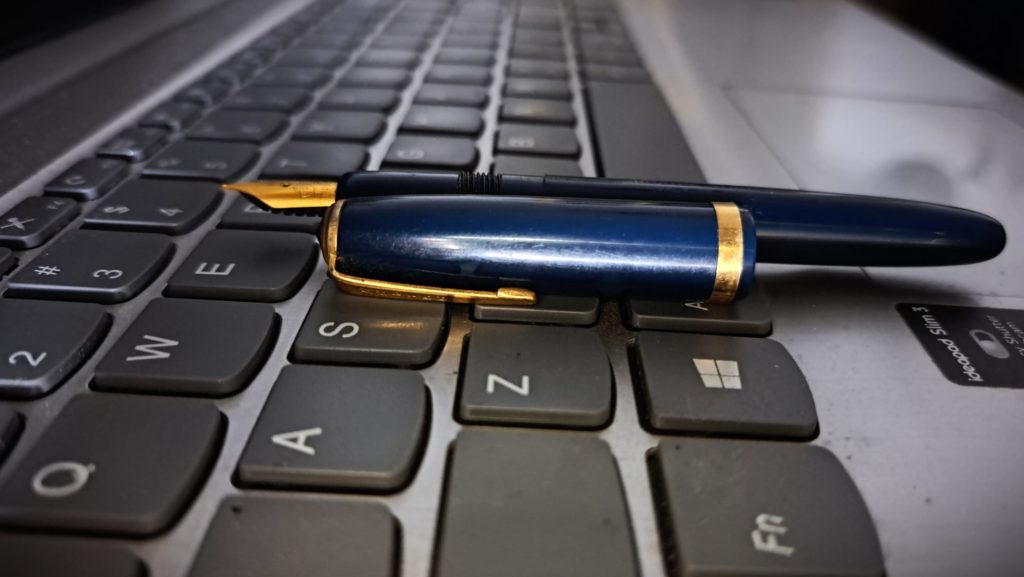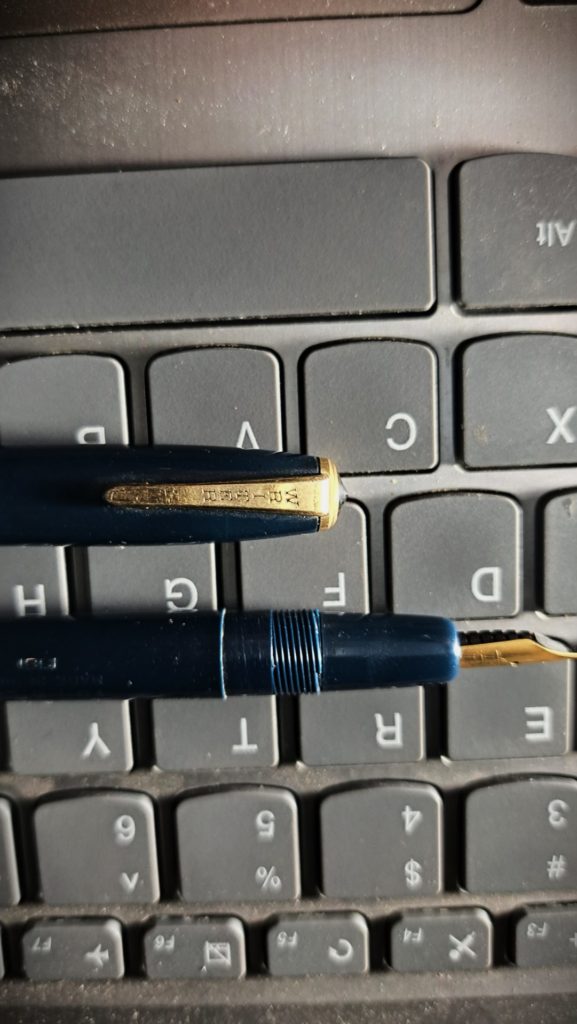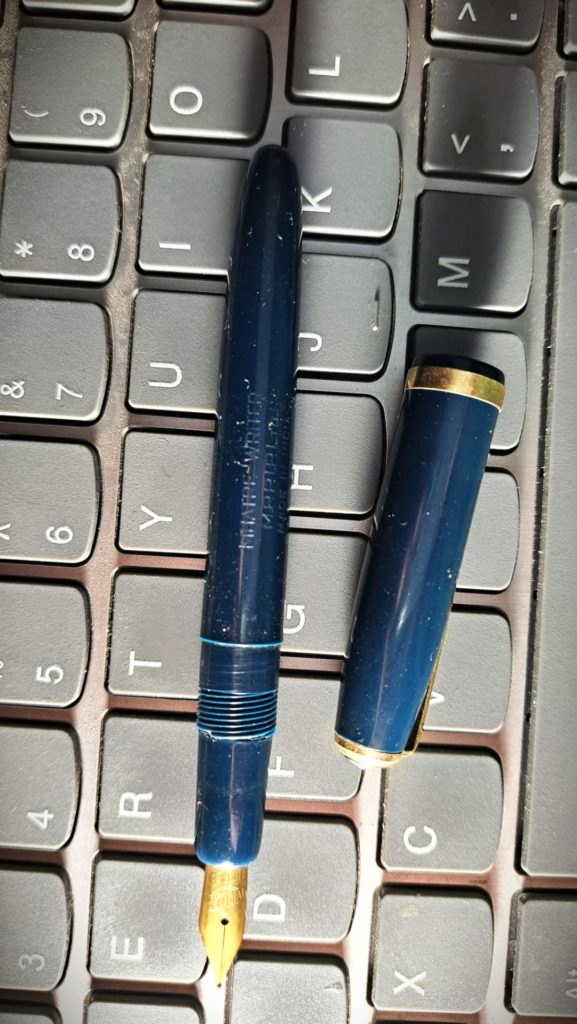
Mhatre. Mhatre Pen & Plastic Industries Private Limited, Bombay. How many of us pen lovers have even heard the name? How many of us know that this entity was once one of the largest players in the domain in India? That pens created by Mhatre, like the hugely popular Mhatre Writer was once the pen of choice of an entire generation of school-going children, especially in the western and southern parts of the country? It is indeed sad that so little information is available in the public domain about this entity which had almost straddled the public consciousness with its offerings once upon a time, not so long ago. Whatever happened to Mhatre? How did they vanish into the blue, without even a trace? More importantly, are we bothered? Bothered enough to learn our lessons from history, if not for anything, then just because if we don’t, we will be forever doomed to repeat the mistakes of our ancestors?
The Mhatre Pen & Plastic Industries Private Limited was incorporated 18th August 1951 according to the available records. But popular lore has it that the entity had existed from long before that as it had grown to reach the status, one agonizing step at a time. In fact, I have heard some experts date Mhatre’s birth to the early 1930’s nearly two decades before its formal incorporation. It will not be out of place to interject here the fact that in those days before and after the independence, most pen makers were privately held businesses that were not only weary of making their accounts public for fear of reprisals, but often lacked the wherewithal to handle the headache of maintaining records (read accounts) that such incorporation called for. That Mhatre had gone for incorporation meant that either they were too big to pass muster or that they were constrained to take the step because of their foreign tie-ups.

And foreign tie-ups Mhatre certainly had. Eye-popping ones at that. They manufactured pens under license from Waterman and Swan, two of the most sought-after brands that defined the times. It will not be an exaggeration to say that both these pens from the Mhatre stable were highly coveted and had successfully curved out niches for themselves. The “Doric” the Eversharp flagship, was also manufactured under a license by Mhatre, I have heard, after Eversharp was acquired by the Parker Pen Company around the late 1950’s, though I am not terribly sure about it. Apart from the Writer, Mhatre was also celebrated for its Clipper, Homer and Plato range of pens, which too enjoyed a very good market penetration in its time. In fact, Mhatre had multiple offerings at various price points and were considered to be a dominant player, either in terms of the sheer numbers it used to chalk up, or in terms of the variety that it offered.
As can be seen from the accompanying photographs, the Mhatre writer was a relatively lightweight and smallish pen, which incidentally may have been one of the reasons for its popularity. The pen was a perfect fit for the tender hands of the students, who would find the so-called standard sized fountainpens unwieldly. The fact that these pens were priced very attractively would also have added to their popularity. As a matter of fact, I remember hearing someone talk of his mother’s childhood (or did I read it?) when Mhatre Writers were acquired along with the new school books at the beginning of the year for students. They were near ubiquitous, in fact.
However, it was a combination of these facts – their easy availability, cheap price and reputation as household items that must have led to their mass destruction once the fountain pens started to be banished from the land by the cheap, often smuggled, Chinese imports and dot pens that replaced them. This is also the reason, sad as it may sound today, why so few Mhatre pens are there in the collection of the pen lovers. Initially they were too commonplace, even cheap perhaps, to be considered collectable and then, once they were all discarded with the disdain that they did not deserve, too rare to find!

What is remarkable is the branding that is there on the pen. The Clip proudly carries the mnemonic, Writer. On the nib is etched what would have been the Writer logo along with the word Tipped. On the barrel is stamped Mhatre Writer, followed by MPPIP Ltd, With Made in India making up the third line. At the very bottom is the year of manufacture 1951 (or is it the year of incorporation? I have to check this up. Or perhaps it is 1981, my eyesight fails me, apologies) . I am saying this for a simple reason – here is a pen that wasn’t definitely the top line product of a company, yet look at the obvious pride with which it was presented. Look at the Swadeshi pride with which the Made in India was stamped. And this is precisely why we must not obliterate our past. This is precisely why I collect fountain pens, they teach me how to be humble, to remember that even fathers have fathers. The Mhatre Writer. Here is a lesson for all of you Indian fountain pen makers.
There is another thing that just befuddles my thought. Around this point in time, commercial fountainpen makers in India, Mhatre included, were at par, or as many consider, better than their Chinese counterparts. What happened that we got so badly mauled that we are not even in the race today? Has there been any conscious study to find the reasons? Another reason to study history, perhaps?


Hi, I wanted to know your price.
Its not for sale